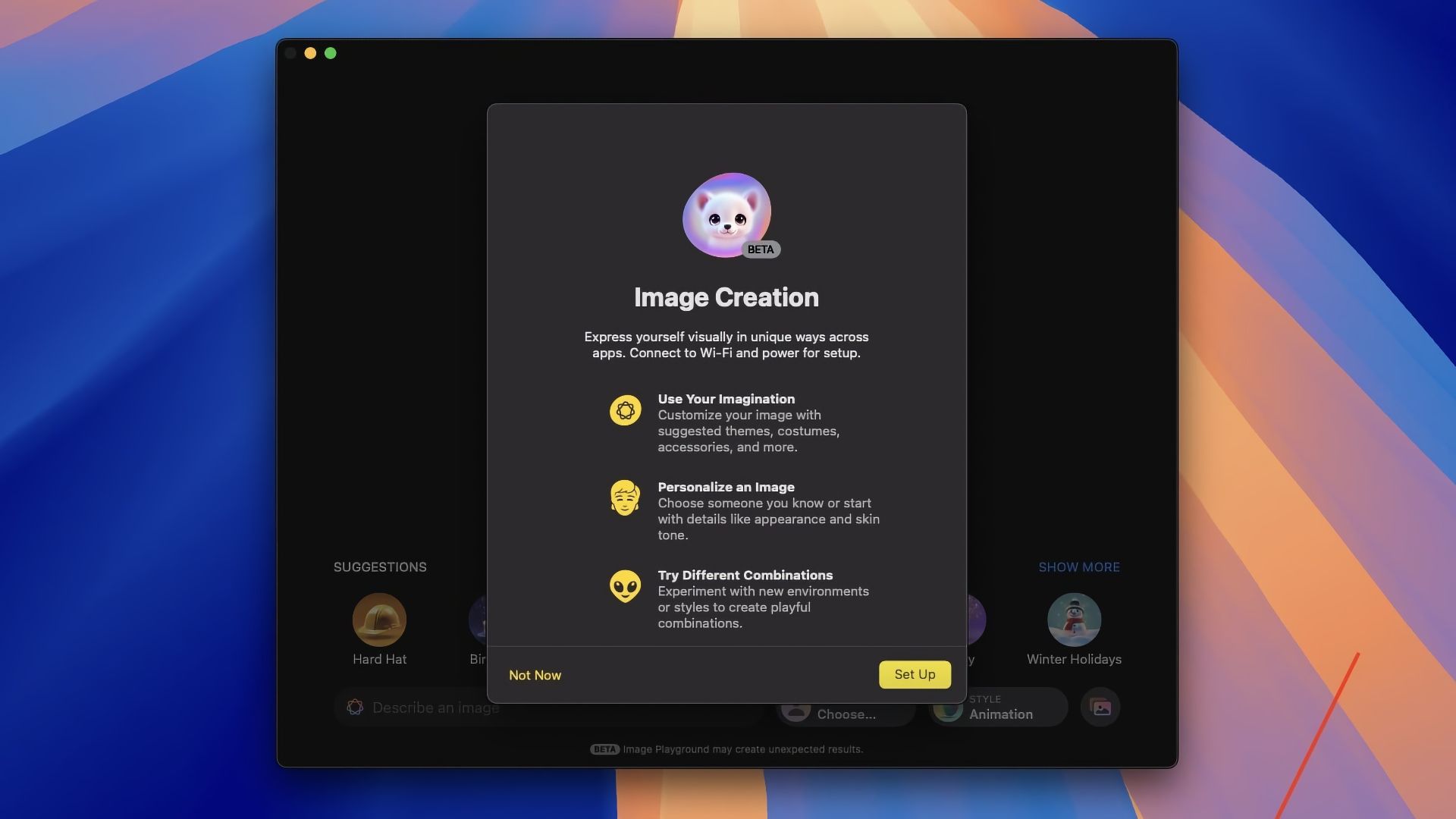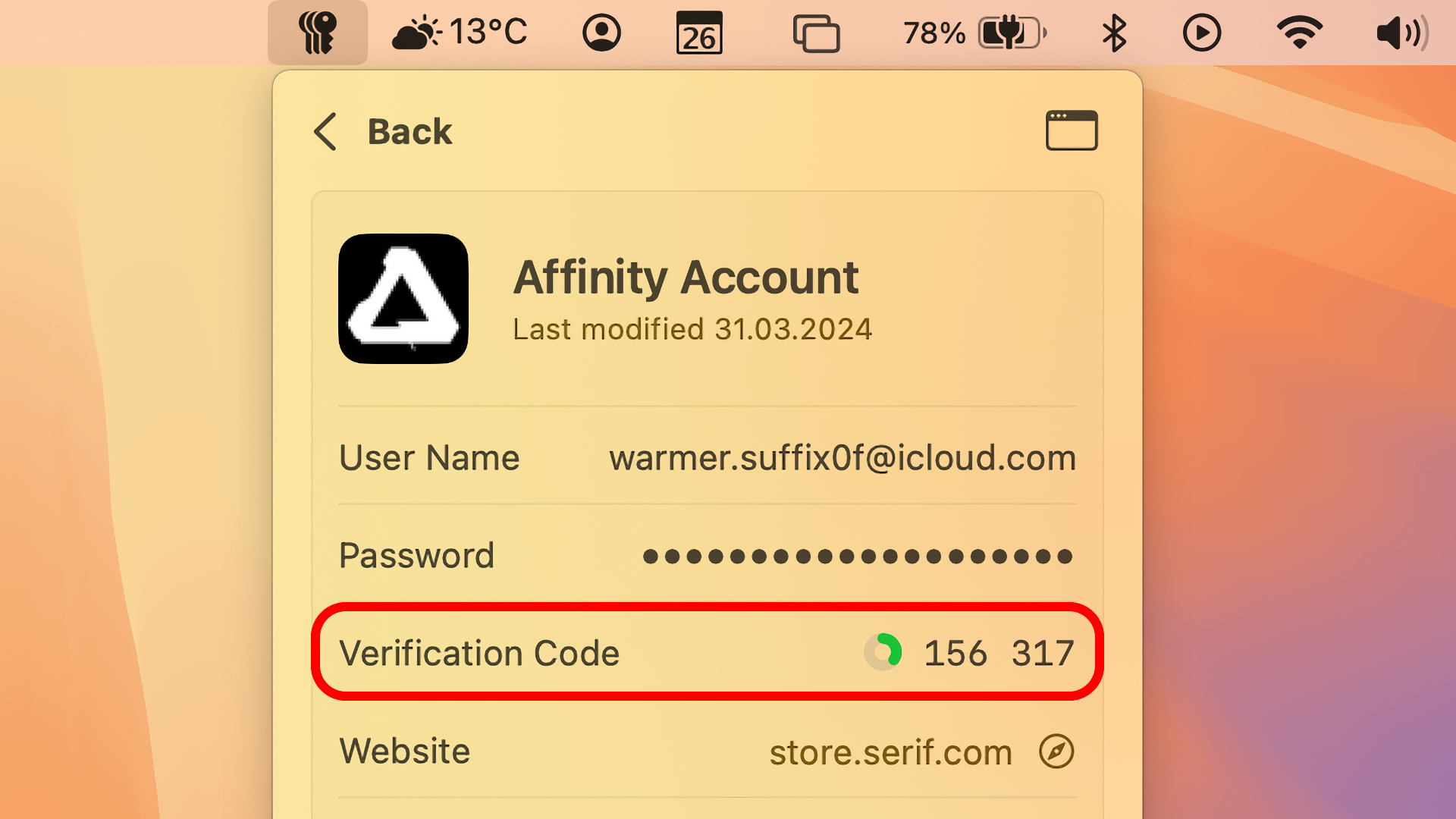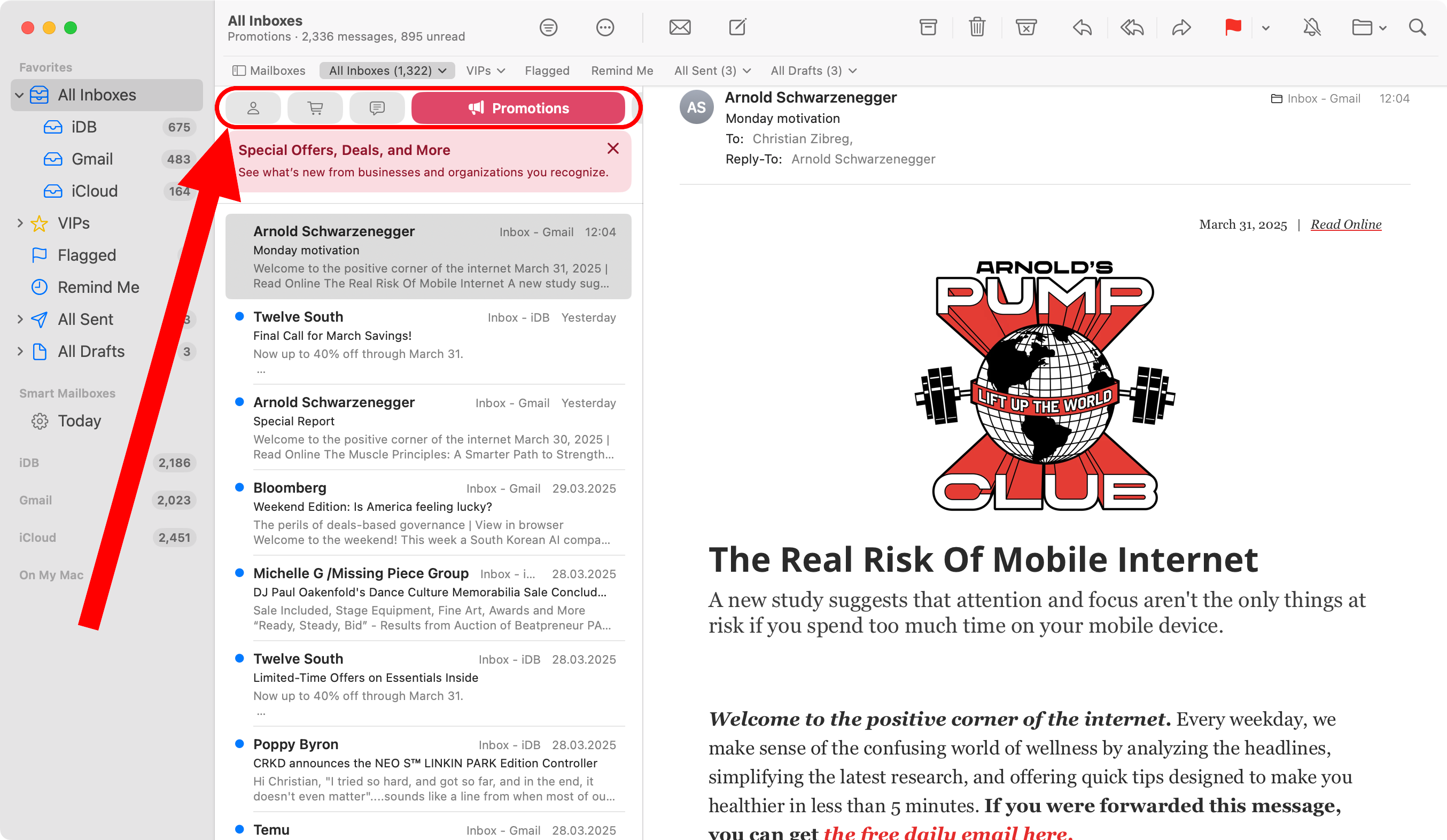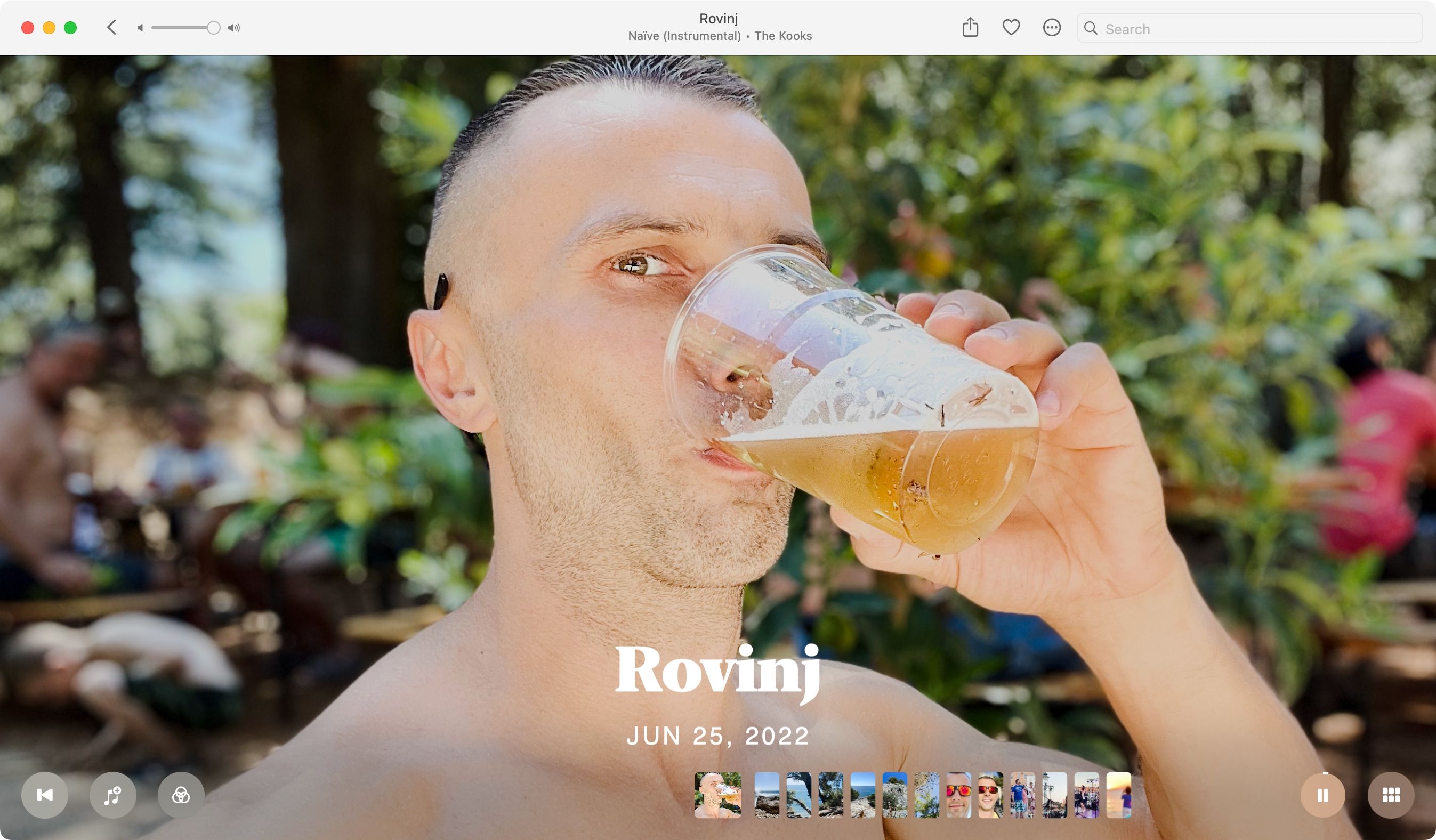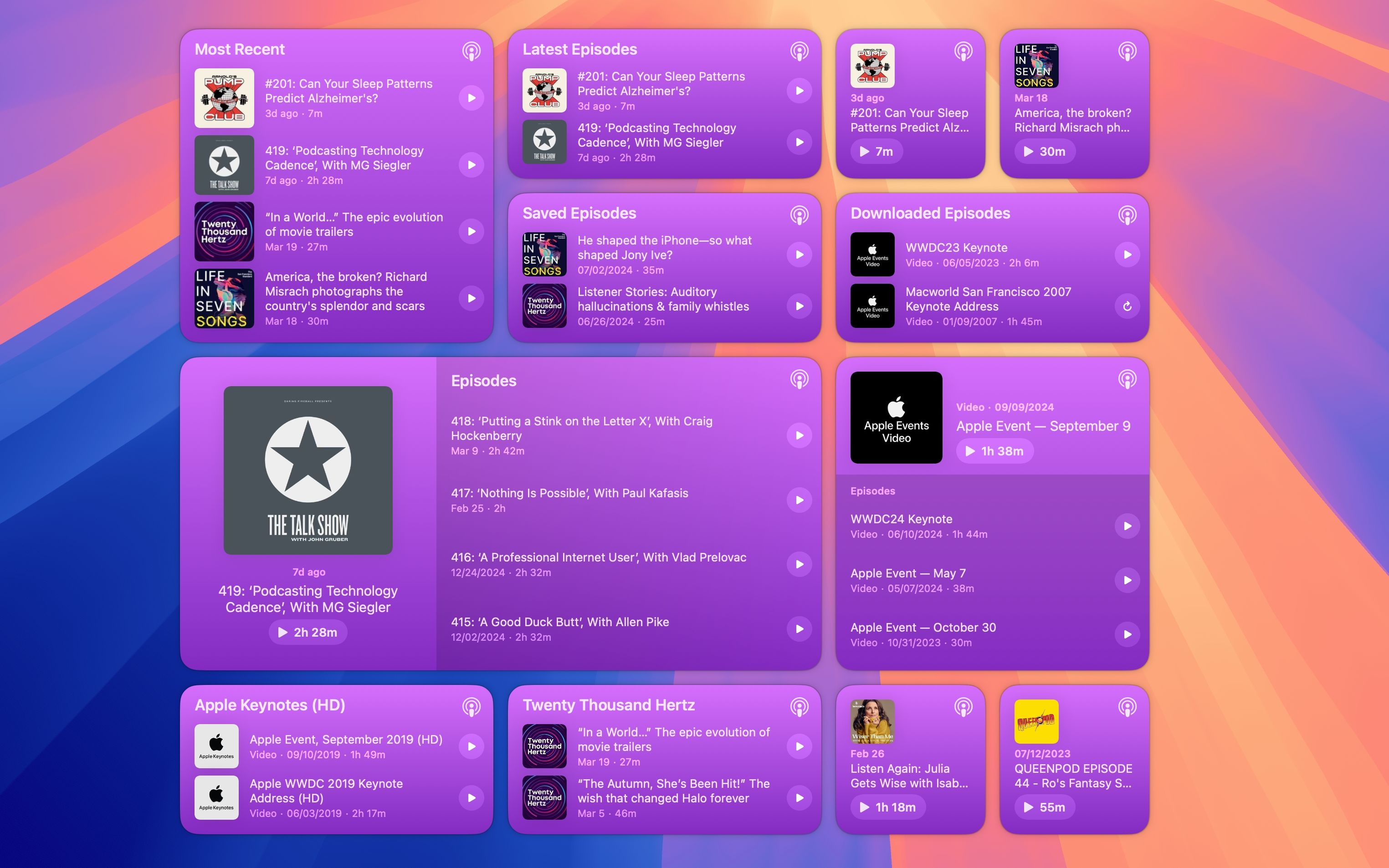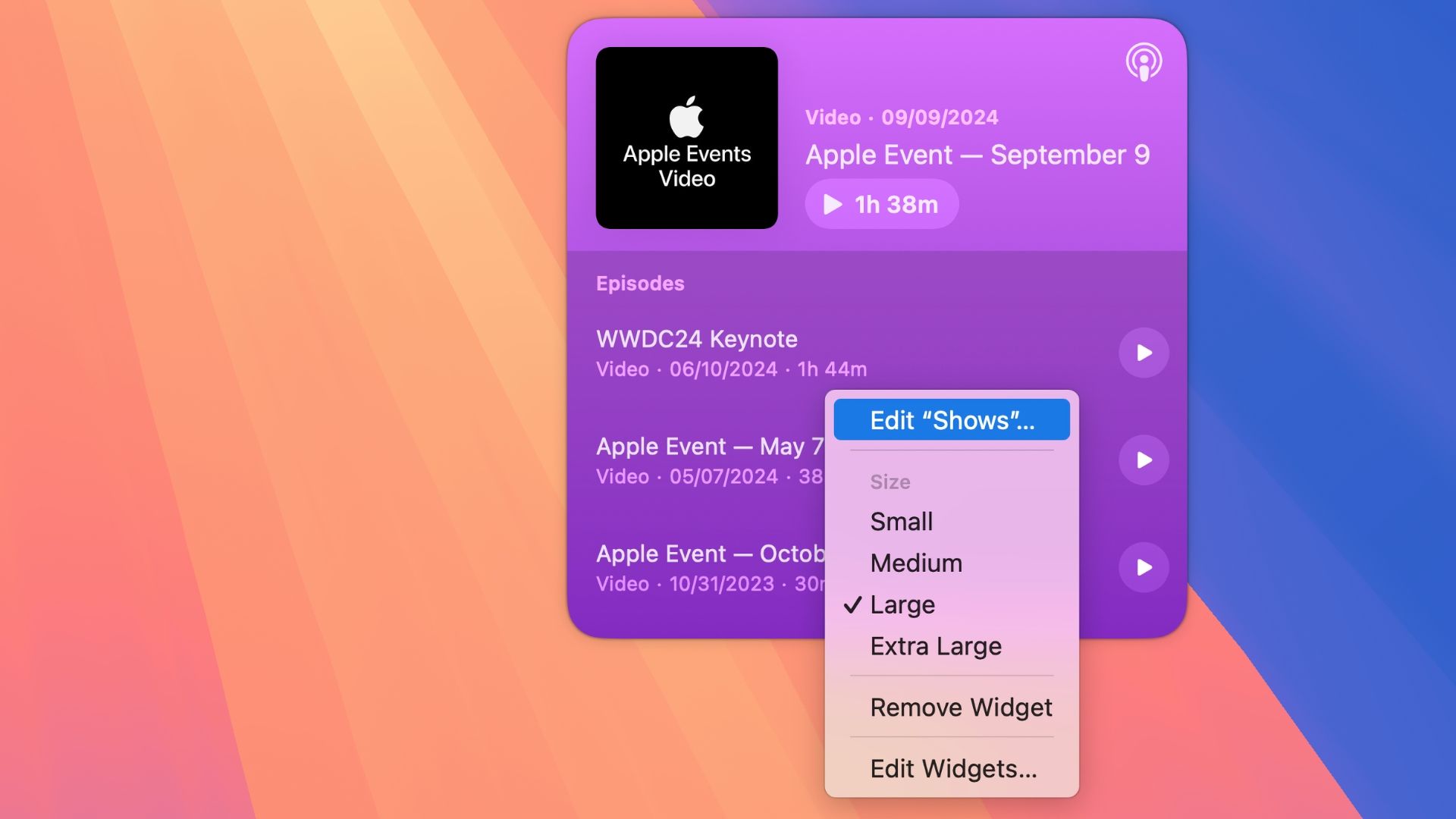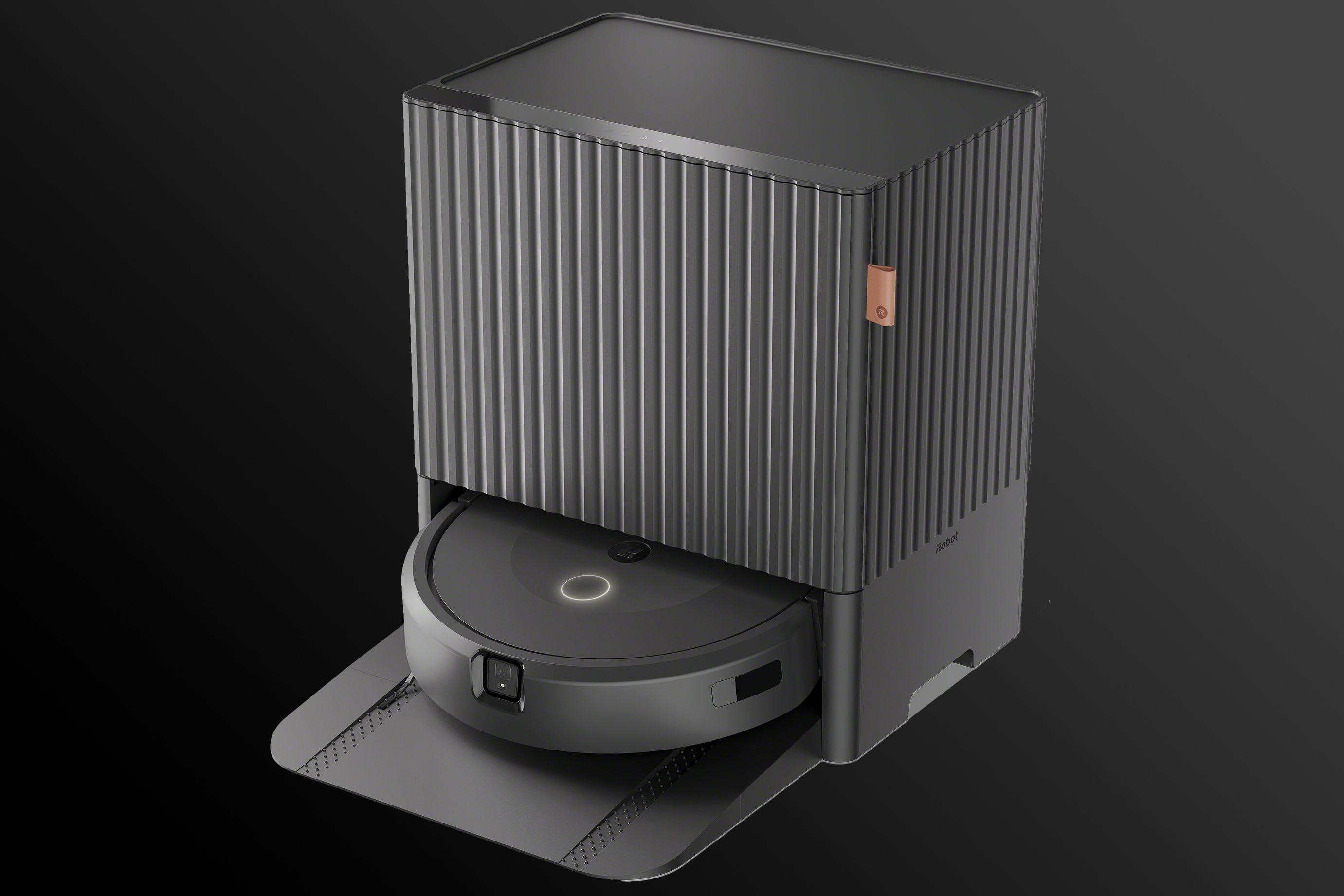macOS Sequoia 15.4 is now available. It’s probably the last feature-packed release until Apple restarts the beta cycle with iOS 16, iOS 19, and more at the WWDC in June. The update brings some missing Apple Intelligence capabilities to the Mac, but there are other changes to make your daily computing a bit smoother.
What you won’t get in this release is the promised AI-infused version of Siri since the feature has been delayed until later in 2025 or 2026. So grab your Mac and follow along with our rundown of the key new features in macOS Sequoia 15.4.
Proximity Pairing Setup Comes to the Mac
macOS 15.4 brings Quick Start, Apple’s proximity pairing setup, to the Mac. If you’ve ever set up your Apple TV using a nearby iPhone, you’ve used this feature. Quick Start in macOS Sequoia 15.4 streamlines the Mac setup process for iPhone and iPad owners. After reinstalling macOS on your existing Mac or setting up a new Mac, the built-in Setup Assistant will offer a new option to use a nearby iPhone or iPad to fast-track the process.
Choose “Set Up with Device” and follow the instructions. You’ll need to unlock your iPhone, turn on Bluetooth and Wi-Fi if they’re not already on, and bring the device near your Mac. Setup Assistant will display a unique pattern you’ll need to scan with your iPhone to authorize the secure transfer of many of your settings, including saved passwords and Wi-Fi credentials.
This includes stuff saved in iCloud, such as photos, messages, and files. You can also do this manually like before, but you’ll need to use the keyboard to enter your Apple account password and other required information.
macOS already supports adding new Macs enrolled with MDM solutions like Apple School Manager, Apple Business Manager, or Apple Business Essentials by scanning the image in Setup Assistant with the Apple Configurator app on an iPhone.
The iOS device will display prompts asking you to enter your iCloud password and confirm sending diagnostic data from your Mac back to Apple. Your iPhone and iPad must use iOS 18.4 and iPadOS 18.4 for this to work.
Like on the iPhone, iPad, and Apple TV, Quick Start in macOS Sequoia 15.4 supports transferring data to a new Mac wirelessly or via a USB cable.
Sketch Style in Image Playground
Every Apple silicon Mac comes with Image Playground, Apple’s app for AI image creation. Image Playground in macOS Sequoia (and iOS 18.4 and iPadOS 18.4) includes a new drawing style, Sketch, that boosts your images with hand-drawn effects.
Joining the existing Animation and Illustration styles, the Sketch option is “an academic and highly detailed style” that “produces gorgeous drawings on stark backgrounds,” says Apple. It uses “a vibrant color palette combined with technical lines to produce realistic drawings.”
As of iOS 18.2, iPadOS 18.2, and macOS Sequoia 15.2, the Sketch option is available in Image Wand. Image Wand is an Apple Intelligence feature in the built-in Notes app that makes it easy to add drawings to notes by sketching out a rough idea or using the surrounding context, such as words in your note.
Image Playground is available as a standalone app and a built-in option in many apps, including Messages, Freeform, and more. All AI-generated images are created on the device without sending anything to Apple’s servers or Apple Intelligence partners like OpenAI.
Passwords App Gains a Code Expiration Timer
The Apple Passwords app introduced in iOS 18, iPadOS 18, and macOS Sequoia has gained a useful visual tweak for two-factor authentication (2FA) codes. Each 2FA code in the app now has a gray ring that fills with green, indicating how much time is left before it expires. Once the code expires, the Passwords app generates a new one and restarts the timer.
The timer appears inside the Codes section and on password pages in the app. I especially like that it shows up directly in the menu bar, where I can get a 2FA code with just a few clicks without keeping the Passwords app open.
By default, accessing saved passwords and verification codes via the macOS menu bar is disabled. To turn it on, click the Passwords > Settings menu and tick the “Show Passwords in Menu Bar” box.
I like these types of quality-of-life improvements. 2FA codes are time-based, and I fumbled entering them before, so I’m glad Apple has added this long-overdue feature to the Passwords app. The code expiration timer is also available in the iPhone and iPad versions of Apple Passwords with iOS 18.4 and iPadOS 18.4.
Message Categorization in the Mail App
Apple Mail gets an important upgrade in macOS Sequoia 15.4—automatic message categorization, which arrived earlier on the iPhone and iPad with iOS 18.2 and iPadOS 18.2. The great thing about mail categorization is that it doesn’t require Apple Intelligence. Turned on by default, the feature will neatly split your incoming emails into four distinct views, labeled “Primary,” “Transactions,” “Updates,” and “Promotions.”
- Primary: The Primary view includes emails that the algorithm has deemed urgent, so you can quickly digest them at a glance. This includes personal emails and any time-sensitive messages, including from other views.
- Transactions: This view aggregates all emails related to order confirmations, receipts, shipping notices, etc.
- Updates: The Updates view is reserved for service-related messages, subscription emails, news, newsletters, social updates, and similar notices.
- Promotions: Finally, this view includes sales emails from apps and websites regarding various sales offers, deals, discounts, coupons, and similar marketing items.
To switch between these views, click or swipe across their labels at the top. To return to the full view listing all emails in chronological order, click the view you’re already on in the upper-right corner of the inbox. Alternatively, click Mailbox > Go to Mailbox Category > All Mail or press Option+Command+5 on the keyboard.
Gmail has a similar feature that cuts through clutter. I’m glad this new Mail feature doesn’t require Apple Intelligence, as I can use it on my ancient 2018 Intel-based MacBook Pro. Triaging my inbox based on the types of messages received is much faster than manually sorting through messages to find important correspondence with my doctor or a time-sensitive alert from Netflix warning me I need to update my payment method on file.
After you upgrade to macOS Sequoia, the Categories view will be turned on by default. Should you discover the message categorization algorithm doesn’t work well for you, you can turn this feature off anytime by clicking View > Show Mail Categories.
The Mail app in macOS Sequoia 15.4 also brings a new digest view that pulls together all the relevant emails from a business, so you can scan for what’s important at the moment.
The Photos App Gets Memory Movies
macOS Sequoia 15.4 brings the option to create Memory Movies in Apple’s Photos app, which has been available on the iPhone and iPad since iOS 18.1 and iPadOS 18.1. Memory Movies is an Apple Intelligence feature, so you must have an Apple silicon Mac (M1 or later) to use it.
Instead of manually creating a slideshow or picking one the app has created for you, you can quickly create a compelling slideshow featuring music and animation out of simple prompts such as “Play time with my cat Sergey” or “My son with his dog, happy vibes.”
All your memories are available in the Memories > Created section.
To use the feature, switch to the Memories section by clicking View > Collections > Memories and type a descriptive query. You can use the word “Me” in your query, as well as people or pet names, in which case you may be prompted to select an appropriate face from the library. These AI-curated video montages can be saved as video files in the Photos or Files app or shared with friends and family on social media apps and websites.
Memory Movies is basically an LLM frontend for the existing animated slideshow feature in the Photos app. However, I’ve noticed a few quirks.
Sometimes it would wrongly parse the query and include media that didn’t fit my description at all. Other times, Memory Movies had difficulty understanding my description of the images I wanted to include in a slideshow, highlighting how far Apple’s computer vision algorithm is behind OpenAI and Google.
Check your finished movie before sharing. The Memory Movies feature has a bug causing it to include media from the Hidden section of the Photos app.
Dedicated Food Section in the News App
The built-in News app on the Mac, iPhone, and iPad gets a dedicated section for foodies in macOS Sequoia 15.4, iOS 18.4, and iPadOS 18.4. It hosts thousands of recipes, cooking tips, restaurant reviews, and curated stories about healthy eating from the leading food publishers. As per Apple, the section will feature content from Allrecipes, Bon Appétit, Food & Wine, Good Food, and Serious Eats. Select “Food” in the News app sidebar to start exploring.
New recipes are added daily, and you can browse, search, and filter them all in the Recipe Catalog section. You can save your favorite recipes to access them offline later. “The beautifully designed recipe format makes it easy to review ingredients and directions, and a new cook mode takes step-by-step instructions to the full screen,” said Apple.
The Food section is restricted to Apple News+ subscribers, which might limit its appeal. Only “select stories and recipes” are accessible to non-subscribers.
Non-news content such as puzzles and food recipes helps make Apple News+ more enticing. The Food section might even make some folks reconsider subscribing to News+. A subscription to Apple News+ unlocks hundreds of top publications is $13 in the United States, £13 in the United Kingdom, $17 in Canada, and $20 in Australia.
Apple Intelligence Speaks New Languages
Apple Intelligence in macOS Sequoia 15.4, iOS 18.4, and iPadOS 18.4 has expanded to new English locales with localized support for Apple Intelligence users in Singapore and India, and eight non-English languages: French, German, Italian, Portuguese (Brazil), Spanish, Japanese, Korean, and Chinese (simplified).
If you live in any of those countries and own an M1 Mac or newer, you can now summarize text with Writing Tools, create custom AI emoji with Genmoji, and use other Apple Intelligence features. “These new languages will be accessible in nearly all regions around the world with the release of iOS 18.4, iPadOS 18.4 and macOS Sequoia 15.4 in April,” Apple noted.
macOS Sequoia, iOS 18.4, and iPadOS 18.4 introduce two new widget types for the built-in Podcasts app on the Mac, iPhone, and iPad: Library and Shows. The Library widget lets you play episodes from a specific list in your library. In contrast, the Shows widget shows you episodes from a particular show you follow.
Podcasts search in macOS Sequoia 15.4 also suggests relevant shows and creators as you type, helping you find what you’re looking for faster.
Put these widgets on your Mac’s desktop to access your favorite shows quicker. To do so, bring up the Notification Center by clicking the date and time in the macOS menu bar or swiping left from the right trackpad edge, then click “Edit Widgets” at the bottom.
Select “Podcasts” in the sidebar of the widget gallery and scroll through the available widgets for the app. You can add widgets to your Notification Center or drag and drop them onto the desktop. To customize what the widget displays, like a specific podcast show, Control-click the widget on your desktop and choose the “Edit” command from the menu.
Seven New Emoji, Including a Fingerprint
macOS Sequoia 15.4 brings a total of seven new emoji characters to the Mac that the Unicode Consortium officially approved in May 2024:
- Bags under the eyes
- Harp
- Shovel
- Leafless tree
- Root vegetable
- Fingerprint
- Splatter
These new emoji characters are also available on the iPhone, iPad, and Apple Watch with the iOS 18.4, iPadOS 18.4, and watchOS 11.4 updates.
Robovac Support in the Home App
Apple has finally rolled out the promised but delayed support for robot vacuum cleaners in the built-in Home app. You can add any Matter 1.2-compatible cleaner to the Home app, such as this Roomba robot that can wash its own mop.
Doing so will let you manage the device in the Home app, use it in automations and automatic scenes, and use your voice to ask Siri to clean a specific room. Robovac support in the Home app is available across the iPhone, iPad, Mac, Apple TV, and Apple Watch with the iOS 18.4, iPadOS 18.4, macOS Sequoia 15.4, tvOS 18.4, and watchOS 11.4 updates.
Samsung has said that it will bring support for robot vacuum cleaners through Matter to its SmartThings platform this summer.
macOS Sequoia 15.4 also unlocks support for SDUC cards larger than 2TB on Apple silicon Macs equipped with an internal SD card reader. I also appreciate various quality-of-life ecosystem improvements, which make performing tasks across devices smoother, like the code expiration time in the Passwords app. Also, I’m definitely looking to trying out proximity pairing the next time I set up a Mac from scratch.



